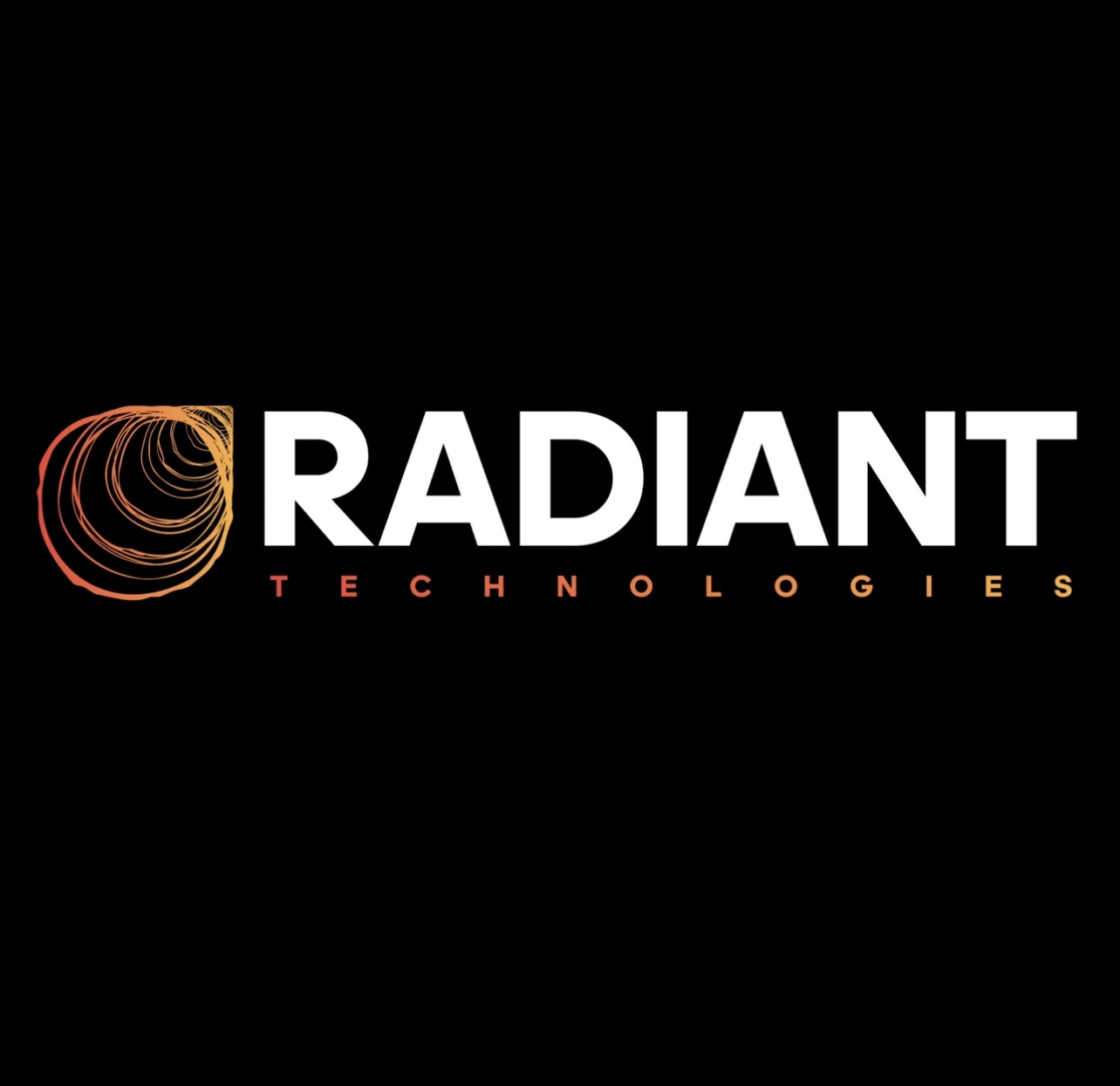Over the past ten years, one of the most delicate subjects in programmatic advertising has been The Trade Desk’s (TTD) take rate.
Its take rate, which The Trade Desk reports every year, has been between 19% and 21% since 2017.
Jeff Green, the founder and CEO of The Trade Desk, told AdExchanger shortly after the company’s initial public offering (IPO) that TTD’s take rate will remain between 15% and 20% “for as far as we can see into the future.” He has been correct thus far.
In the meantime, take rates have decreased in almost every other area of the supply chain.
READ MORE: CTV Still Has A Fraud Problem
There has been constant pressure on SSP take rates. Tech vendor payments were dubbed “the ad tech tax” by advertisers. Additionally, a lot of holdco agencies that were having trouble running their own businesses continued to pay large fees to The Trade Desk, their vendor, which had unexpectedly grown in size.

However, competing DSPs are luring customers with lower take rates and reduced data fees in an effort to increase their market share, particularly in CTV advertising. The group providing better pricing includes startups like Pontiac DSP as well as Comcast and Amazon Ads DSP.
The Trade Desk confirmed that it has no intention of reducing its take rate. Even as CTV’s proportion of platform ads continues to increase, a spokeswoman told AdExchanger, “We have no intention of changing our take rate, which has been consistently around 20% of spend on our platform.”
They cut the demand side’s margin and pile on the incumbent during a rare period of vulnerability, so for everyone else, it’s knives out.
Why all the commotion now?
READ MORE: Why CTV Ad Purchasers Continue To Have Doubts About Generative AI
If the debate over The Trade Desk’s take rate dates back nine years, why is it such a hot topic at the moment?
The Trade Desk only releases its take rate once a year, in its most recent financial report, so that figure—a cool 20.3% in 2024—is still fresh in people’s minds. [Note: TTD supplies gross platform spend once a year, which is the data point required to calculate the take rate, but it does not actually disclose its take rate.]
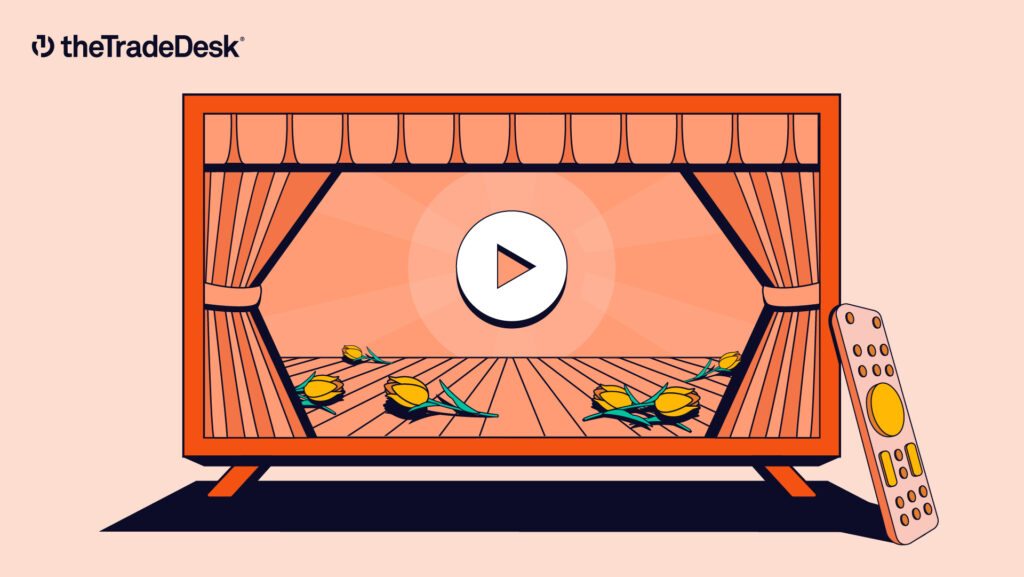
In addition, The Trade Desk experienced its first serious quarterly earnings misstep since going public. Everyone is attempting to catch up as the leader takes a lengthy pit break, therefore this is similar to a Formula 1 race.
Additionally, programmatic media is also undergoing structural changes that provide a slight opening for DSP rivals. For starters, CTV advertisements are less expensive than cloud computing. The savings on data storage can subsequently be passed on via streaming-focused DSPs. And it’s not only competition from startups. Two of the biggest ad tech companies, Amazon Advertising and Comcast Ads, are also significantly cutting demand-side rates.
The benefit of O&O
Low pricing, including take rates, are a hallmark of Amazon’s reputation.
READ MORE: Are YouTube And CTV Brand Safety Still Important To Marketers?
Kate Greubel, VP of self-serve media at Omnicom-owned e-commerce firm Flywheel, stated that the Amazon DSP has reduced its DSP cost and is providing comparatively inexpensive prices for streaming and CTV advertisements. Amazon has highlighted its first-party data and wide audience reach.
Greubel added that advertisers have started A/B testing their third-party DSPs, including Amazon and The Trade Desk, to determine which offers a better balance between pricing and inventory quality. This trend has been going on for at least a year.
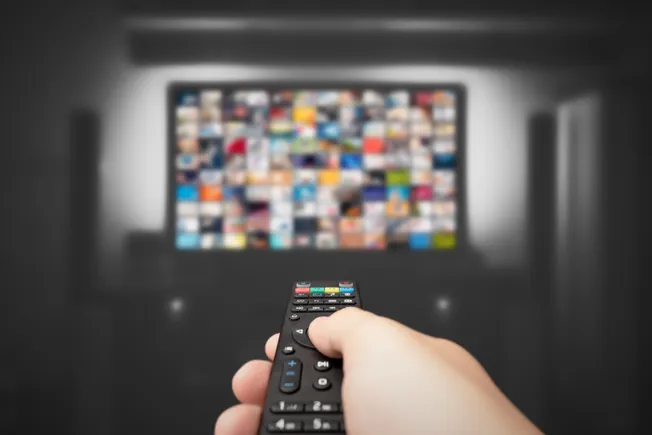
The cost of super-cheap inventory and zero-fee DSPs from a large platform is typically recovered elsewhere, such as in data costs, a Trade Desk representative told AdExchanger. Additionally, Amazon sellers express dissatisfaction about the possibility that Amazon DSP’s free media, a marketing inducement it provides to off-site advertisers who commit to yearly budgets, may not be worth the expense, even at zero dollars.
However, since it owns the media for Fire TV, Prime Video, Twitch, Amazon’s on-site search listings, and more, it may lower its streaming ad and DSP rates. While that take rate is crucial for independent ad tech, its ad revenue is not reliant on the DSP charge.
READ MORE: Taking The Friction Out Of CTV’s Content Discovery
The fees were cheaper, according to one advertiser who recently participated in Amazon’s Complete TV beta test and wished to remain anonymous to avoid upsetting Amazon.
The ad buyer said that the inventory and DSP rates were excellent. The programmatic guaranteed offers included 1% fees on a variety of streaming publishers and 0% DSP fees for any Amazon material.
However, Amazon Marketing Cloud, a data collaboration platform developed by the Amazon Ads company on AWS, is where the campaign controls and post-campaign analytics are routed. According to the advertiser, the overall savings are reduced by the cloud-based audience analytics and data fees.
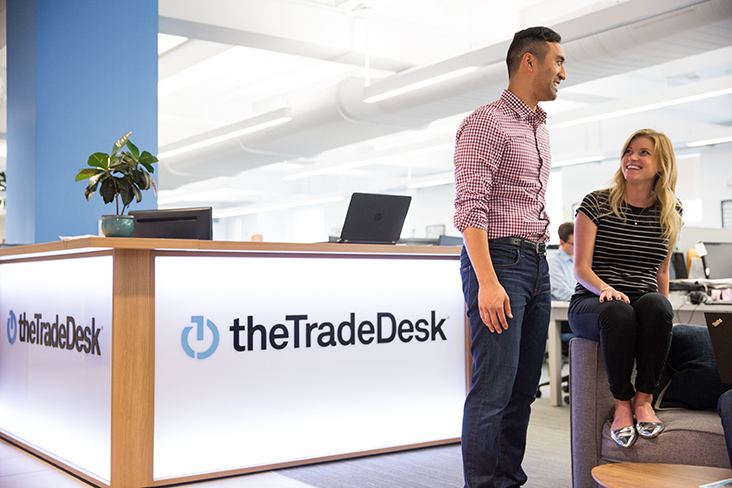
The advertiser claimed that even with these disclaimers, the price to reach a specific total audience was still far less expensive than a comparable media package purchased on The Trade Desk.
The DSPs constructed by CTV
According to Keith Gooberman, co-founder and CEO of Programmatic Mechanics and Pontiac DSP, one of the new companies to enter the market during that time, there haven’t been many new DSPs on the market in the last five to ten years “because it’s crazy-expensive.” Rather of attempting to cover everything, the DSP concentrates nearly entirely on online video and CTV. The DSP is one of many CTV-focused DSPs that are starting to emerge, including Comcast’s Universal Ads, Viant, and Azerion.
Gooberman compared this strategy to that of The Trade Desk, the established independent rival. TTD triangulates the appropriate amount to bid, the appropriate data to employ for that impression, and the total value of hundreds of data providers and millions of audience segments for almost every impression it bids on. He claimed that although the Trade Desk’s strategy has amazing technology and functionality, it necessitates a significant investment in servers and bandwidth.
He stated that in order to cope with the programmatic of the old world, it was necessary to construct a battleship.
According to Gooberman, Pontiac DSP continues to use Aerospike servers, a cloud infrastructure provider preferred by independent ad tech companies, and has server bills from Amazon Web Services. However, not using cookie-based infrastructure or even bothering to gather and log web display bidstream data is a huge cost reduction.
The emphasis on CTV actually lowers server and data expenses, despite the common belief that video would need more bandwidth than graphics. While the costs of display ad data are derived from the mountains of cookies and matching tables used to identify an individual, CTV ads are based on IP addresses and stationary households. According to Gooberman, Pontiac is able to offer a significantly reduced take rate thanks to these savings, which it also shares with customers.

Pontiac is not the only company using the CTV DSP method.
According to Matthew Newcomb, Azerion’s regional director for the US, UK, and APAC, the European media and ad tech giant Azerion debuted Hawk, a “light DSP” with almost zero expenses, in the US last month.
“The Trade Desk and Google are most likely exceptions. However, in general, the difficulty DSPS is having is due to the expense of processing that data,” Newcomb told AdExchanger.
According to him, Azerion can reduce the standard DSP fee by 80%. According to him, those savings are partially attributable to scanning fewer impressions and logging fewer cookies. The primary reason for this is that Azerion owns a portion of the inventory that is for sale and incorporates the DSP charge into its sell-side operations, as publishers pay to be included in its network.
Universal Ads admits that its Comcast ownership makes its lower-fee strategy possible. If it weren’t a Comcast subsidiary, could this still be a successful business? Not at all. That’s what Universal Ads’ VP of product and engineering, James Borow, told AdExchanger about Comcast’s new low-cost DSP that was introduced in January.
He claimed that although Comcast’s Universal Ads does not collect a DSP fee, Comcast wants Universal to expand its DTC and e-commerce businesses in TV advertising. Additionally, because the DSP is based on Comcast’s FreeWheel, the SSP cost is still paid by broadcasters and publishers in its ad network.
Currently accounting for over 40% of its business, Viant, a publicly traded company that was once a display DSP, today boasts that it indexes higher to CTV than any other independent ad tech. Viant chose not to respond to the report.
However, isn’t TTD also a CTV DSP?
The Trade Desk understands that processing a lot of data is both a benefit and a drawback.
According to Green’s April LinkedIn article, TTD records over 600 million impressions every 30 seconds, which is equivalent to the daily volume of Visa transactions. According to him, ingesting all of that data allows for more precise targeting and larger scale.
Green admitted, “But of course, that has its own problems, too.”
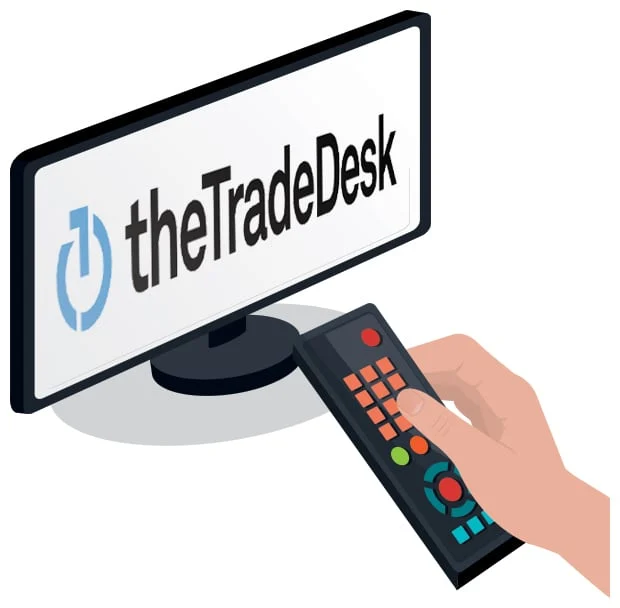
TTD won important bakeoffs in the past, such as removing the Walmart DSP business from Xandr in 2020, by scanning the whole bidstream. At the time, Xandr executives and other DSPs complained that the Trade Desk had paid to bypass SSPs’ inventory screening algorithms, reaching a larger audience at a lesser cost.
However, it is difficult to bear the expense of logging data and instantly cross-referencing match tables 1.7 trillion times a day (based on Green’s claim of 600 million impressions per 30 seconds), particularly when the financial burden of video and CTV impressions is different. Additionally, fewer advertisers choose their DSP of choice these days based on cookie-based targeting and attribution.
Additionally, the Trade Desk is working to raise CTV as a percentage of its total media share. Green stated in its February financial report that the video segment—which TTD doesn’t go into further detail about—now accounts for a high to 40% of its total. However, that encompasses a large amount of mobile, online, and other video assets, such as digital out-of-home.
Mosquitoes or piranhas?
Even though pure-play programmatic firms like Viant and Pontiac DSP are stealing clients and making a livelihood for themselves, they aren’t exactly reducing The Trade Desk’s market share.
It’s important to consider whether these are real contenders for TTD.
Viant made $289 million last year, while TTD made $2.45 billion.
Viant claimed to have grown by 30% and increased its revenue by over $76 million in 2024 when it released its numbers in February. Although that’s a fantastic growth rate, The Trade Desk made an additional $500 million in 2024.
Since the Trade Desk is essentially the only objective, it also has a lot riding on it.
Amazon may compete for CTV money, as Gooberman pointed out, but it doesn’t have the same type of programmatic advertiser—someone who wants to have more transparent supply-chain links with PMP operators like Index Exchange or Magnite. According to him, an Amazon advertiser frequently uses the DSP as an extension of its Amazon search strategy, and independent DSPs are not allowed to compete for those budgets.
According to Gooberman, many marketers still prefer to have their ads vetted by an agnostic buying platform for Pontiac DSP instead of depending on the media owners’ self-reported campaigns.
“It’s all talking points from The Trade Desk,” he stated. “Just for less money.”
Step into the ultimate entertainment experience with Radiant TV! Movies, TV series, exclusive interviews, live events, music, and more—stream anytime, anywhere. Download now on various devices including iPhone, Android, smart TVs, Apple TV, Fire Stick, and more!
